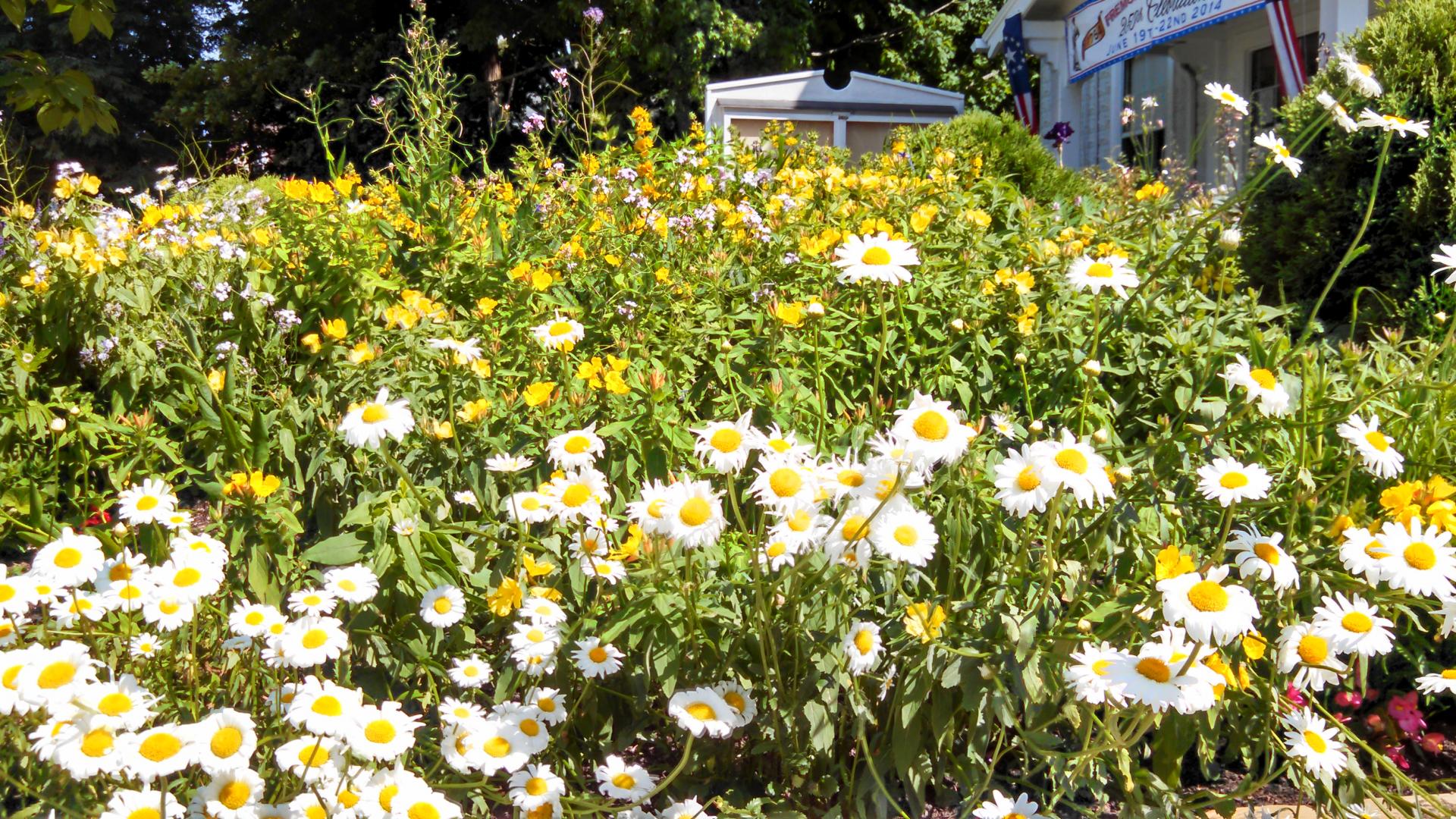Prepare an Automobile
In addition to creating your Emergency Kit, prepare your automobile
Check or have a mechanic check the following items on your car
- Antifreeze levels - ensure they are sufficient to avoid freezing.
- Battery and ignition system - should be in top condition and battery terminals should be clean.
- Brakes - check for wear and fluid levels.
- Exhaust system - check for leaks and crimped pipes and repair or replace as necessary. Carbon monoxide is deadly and usually gives no warning.
- Fuel and air filters - replace and keep water out of the system by using additives and maintaining a full tank of gas.
- Heater and defroster - ensure they work properly.
- Lights and flashing hazard lights - check for serviceability.
- Oil - check for level and weight. Heavier oils congeal more at low temperatures and do not lubricate as well.
- Thermostat - ensure it works properly.
- Windshield wiper equipment - repair any problems and maintain proper washer fluid level.
- Install good winter tires. Make sure the tires have adequate tread. All-weather radials are usually adequate for most winter conditions. However, some jurisdictions require that to drive on their roads, vehicles must be equipped with chains or snow tires with studs.
- Maintain at least a half tank of gas during the winter season.
Place a winter emergency kit in each car that includes
- a shovel
- windshield scraper and small broom
- flashlight
- battery powered radio
- extra batteries
- water
- snack food
- matches
- extra hats, socks and mittens
- First aid kit with pocket knife
- Necessary medications
- blanket(s)
- tow chain or rope
- road salt and sand
- booster cables
- emergency flares
- fluorescent distress flag
Dress for the Weather
- Wear several layers of loose fitting, lightweight, warm clothing rather than one layer of heavy clothing. The outer garments should be tightly woven and water repellent.
- Wear mittens, which are warmer than gloves.
- Wear a hat.
- Cover your mouth with a scarf to protect your lungs.


